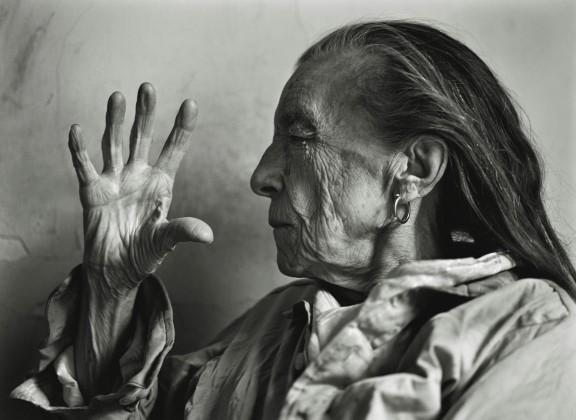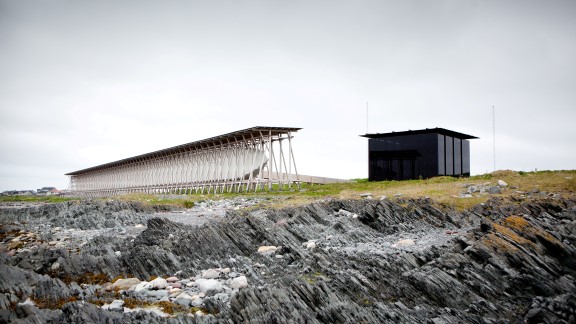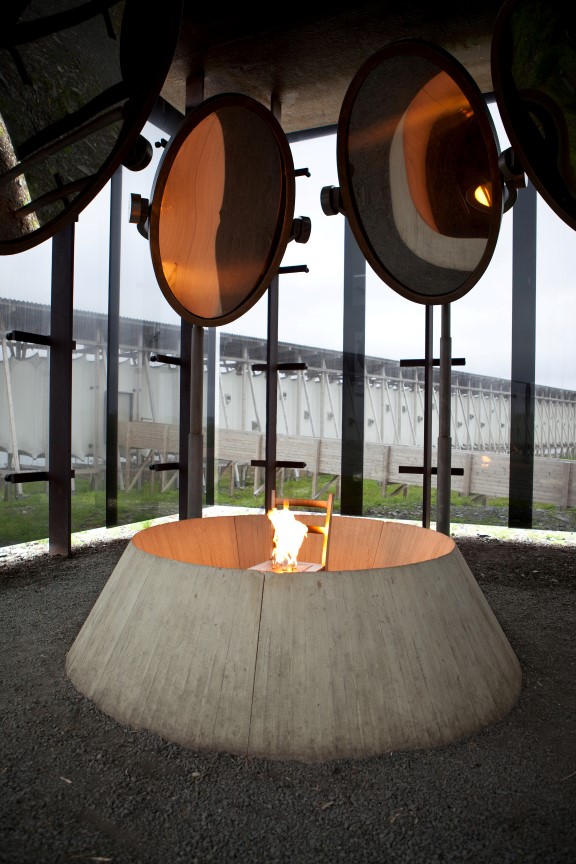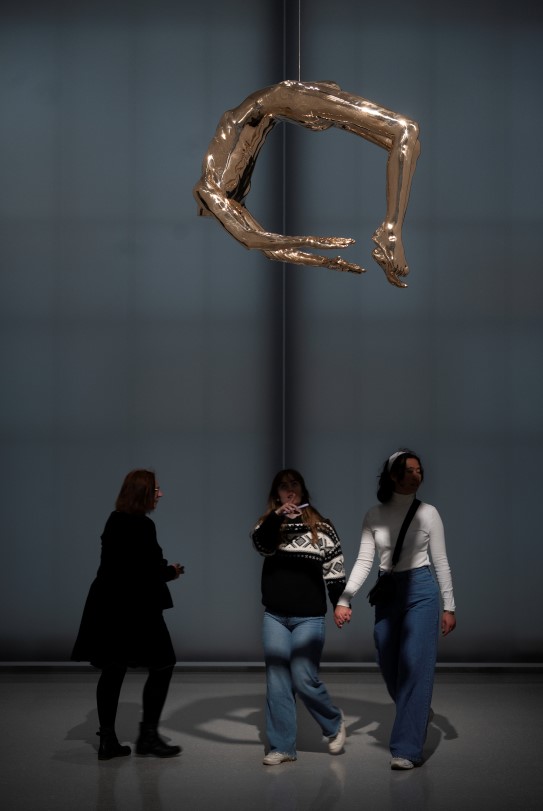Louise Bourgeois
- Louise Bourgeois was born in Paris on 25 December 1911.
- Her career spanned more than 70 years.
- Bourgeois’s art thematises family relationships, sexuality and feelings such as anxiety, loneliness and guilt.
- She made her breakthrough late in life, at 71 years of age, with a retrospective exhibition at the Museum of Modern Art in New York.
- She is now considered one of the greatest artists of our time and has been an inspiration to many.
- Bourgeois is perhaps best known for her monumental sculptures of spiders, but she also worked with everything from drawing, printing and painting to installation and performance art.
- Bourgeois died in New York on 31 May 2010 at 98 years of age.
- The National Museum, Oslo, has 30 works by Bourgeois in the collection. Several of these are long-term loans from the Savings Bank Foundation DNB.

How to Create a Witch Memorial

‘’The Witch Memorial‘’
- The monument was created by Louise Bourgeois through collaboration with the Swiss architect Peter Zumthor and with texts by the Norwegian historian Liv Helene Willumsen.
- The Damned, the Possessed and the Beloved is the title of the installation by Bourgeois.
- You can see the monument at Steilneset in Vardø.
- The monument commemorates the victims of the witch trials in Finnmark in the 1600s.
- The monument was completed in 2010 and opened in 2011, one year after Bourgeois died.
- The monument consists of a four-sided glass pavilion inside of which one finds Bourgeois's installation, and a 125-metre-long Hall of Remembrance. The hall is lit by 91 small windows – one for each victim. Each victim has his or her own commemorative plaque with a text written by Willumsen.
- The monument is part of Norwegian Scenic Routes. As explained on NSR’s website, 'Norwegian Scenic Routes are 18 selected roads that run through landscapes with unique natural qualities, along coasts and fjords, mountains and waterfalls.’ Norwegian Scenic Routes marks its 30th anniversary in 2023 with the exhibition ‘’RAST‘’ at the Oslo School of Architecture and Design.


Hysterical Witches and Vindictive Merchants
‘She was deeply concerned that the atrocities that happened 400 years ago are still happening today, and this was one reason why she agreed to get involved in the project’, writes curator Svein Rønning in the publication ‘Louise Bourgeois. Peter Zumthor. Steilneset minnested’.
Bourgeois asked many questions about the people who were burned at the stake in Vardø. She was curious about how they were singled out and tried and how the society related to them.
‘I think she felt a connection to those who were convicted’, says Wold.
Wold adds that Bourgeois was concerned about whether those who were convicted in Vardø were seen as hysterical. Hysteria is a central theme in much of Bourgeois’s art. A case in point is the Arch of Hysteria (1993), now on show in the National Museum in Oslo.
Those condemned to the ‘eternal flames’ in Vardø were ordinary people. According to Wold, people were often accused of practicing witchcraft by a neighbour or a travelling merchant, either due to envy or as revenge for getting a bad price at the local market. Some had fallen out of favour with the king in Copenhagen.
‘There could have been practical, financial and political reasons for why people were accused of witchcraft’, explains Wold.
Some were also pressured into incriminating others, so they themselves could avoid further torture while being interrogated. These stories interested Bourgeois.
A Monument Comes into Being?
The Witch Trials in Finnmark
- Finnmark is the county in Norway where the largest number of alleged witches were condemned to death.
- 91 people were executed in Finnmark, after being sentenced to death for allegedly practicing witchcraft.
- Most were women.
- In the 1600s, many people feared the devil more than anything else. They thought they saw his efficacy through ordinary people who, through their actions, could cause storms, shipwrecks, illness and death.
- Several stories about the victims of the witch trials in Finnmark are told at Steilneset: 'In 1621, Lisbeth Nilsdatter of Gamvik openly admitted to rejecting her God and attending gatherings at Omgang, where there was drinking and dancing and the casting of spells over vessels. Peder Krogh's wife Ingeborg initially rejected the claims, but she floated like a balloon during the water test. After that, she admitted to killing fish for a neighbour. She was tortured to death. Margrete Jonsdatter, in 1663, admitted to having participated in gatherings with dancing, drinking and to playing cards with Satan on the Eve of Saint John at a place called Domen. In 1678, Synnøve Johannesdatter was found guilty of casting spells on a goat and of causing Anders Jensen's death.'